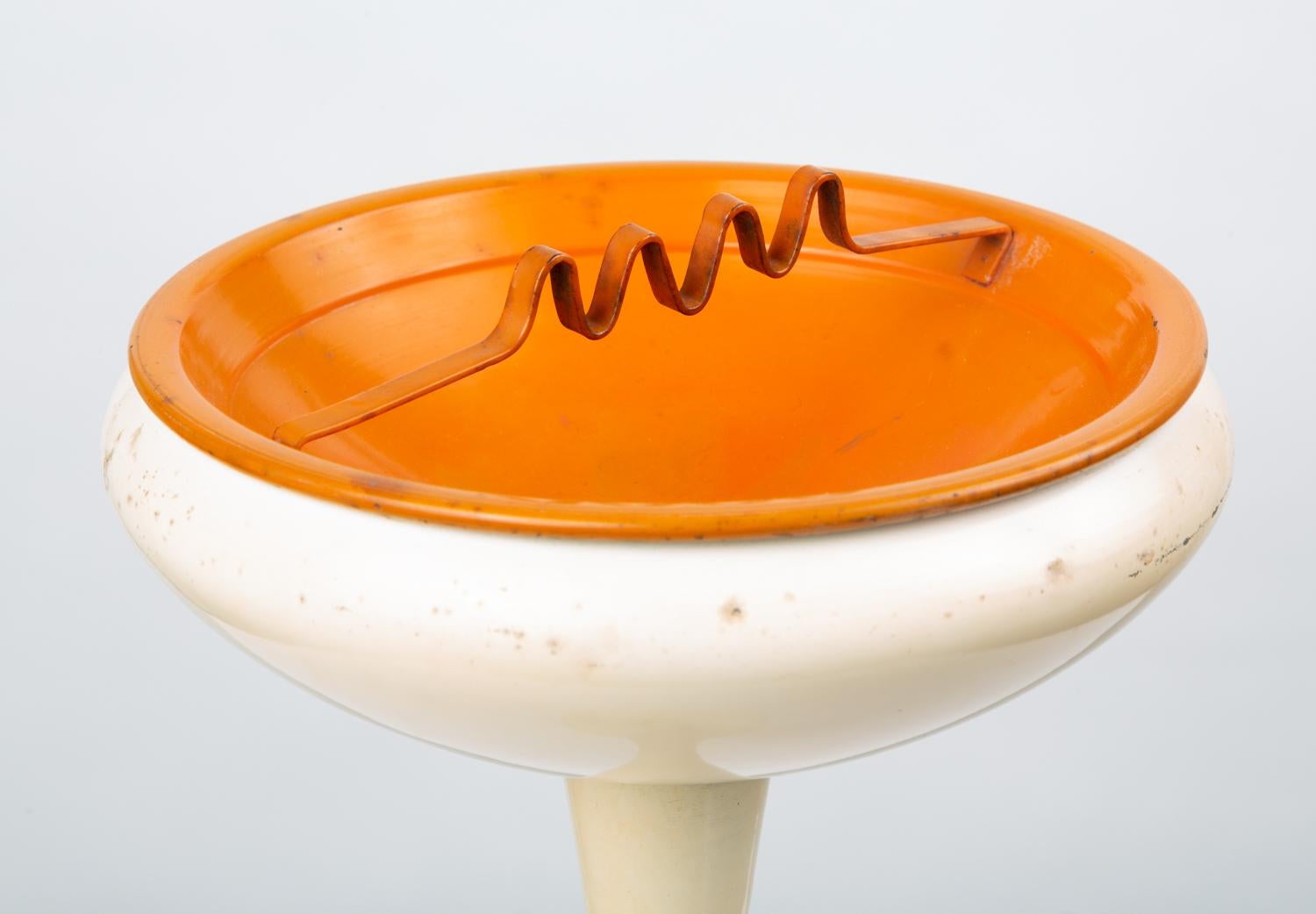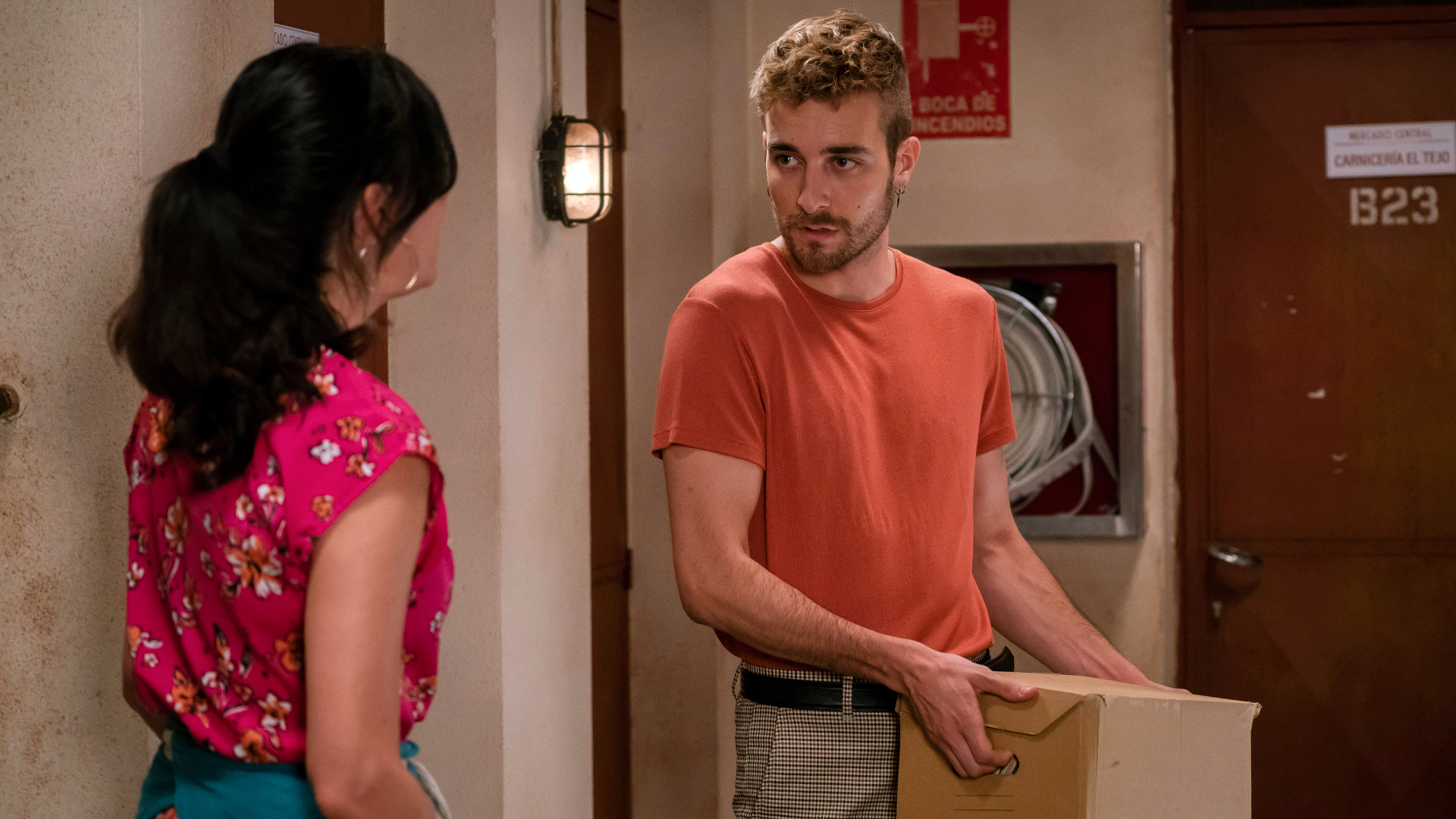

If criteria for insomnia are met in context with a psychological or physical disease, both disorders will be diagnosed The co-existing psychological and physical diseases do not explain the insomnia. The insomnia is not caused by the physiological effects of a substance The insomnia is not attributed more clearly by another sleep disorder The sleep disorder occurs despite sufficient opportunity to sleep The sleep disturbance and associated daytime symptoms have been present for at least 3 months The sleep disturbance and associated daytime symptoms occur at least three times per week
#Vspd 227 professional#
The sleep disorder causes significant clinical suffering or impairment in social-, educational- and professional life or other important domains Resistance to going to bed on appropriate scheduleĭifficulty sleeping without parent or caregiver intervention The ICD 11 contains a special chapter on sleep disorders, in which insomnia disorder is differentiated into short-term, chronic and unspecified insomnia disorders.Ĭhronic insomnia disorder is defined by the following diagnostic criteria (ICD 10): The ICD 10/11, ICSD 3 and DSM V differentiate as “transient” or “chronic” insomnia. Insomnias have a strong impact on quality of life, cognition and physical well-being and therefore need special consideration for diagnosis and therapy. pain, depression, anxiety) and some specific medication result in insomnia and/or other sleep problems. Secondary insomnia may originate from neurodegenerative, inflammatory, traumatic or ischemic damage in sleep regulating brainstem and hypothalamic nuclei with consecutive changes of neurotransmitters. The underlying causes of many insomnias have not been fully elucidated, yet. Insomnias with difficulties of initiating and maintaining sleep, excessive daytime sleepiness, motor disorders during sleep and parasomnias, early awakening and impaired sleep quality frequently accompany neurological diseases as secondary or comorbid conditions. For patients with dementia suffering from insomnia trazodone, light therapy and physical exercise are recommended. Patients with insomnia after stroke can be treated with benzodiazepine receptor agonists and sedating antidepressants. Melatonin may improve insomnia symptoms in children with epilepsies. CBTi is recommended in patients with MS, traumatic brain injury and. Insomnia is a frequent precursor of MS symptoms by up to 10 years.

Patients may benefit from CBTi, antidepressants (trazodone, doxepin), melatonin and gaba-agonists. Insomnia is one of the most frequent sleep complaints in neurodegenerative movement disorders. The most important new recommendations are: Cognitive behavioral therapy (CBTi) is recommended to treat acute and chronic insomnia in headache patients. This guideline focuses on insomnias in headaches, neurodegenerative movement disorders, multiple sclerosis, traumatic brain injury, epilepsies, stroke, neuromuscular disease and dementia. pain, depression, anxiety) and some disease-specific pharmaceuticals may cause insomnia and/or other sleep problems. Symptoms of neurological disorders (i.e motor deficits), co-morbidities (i.e. Comorbid insomnia originates from neurodegenerative, inflammatory, traumatic or ischemic changes in sleep regulating brainstem and hypothalamic nuclei with consecutive changes of neurotransmitters.

These components of insomnia – namely persistent sleep difficulties despite of adequate sleep opportunity resulting in daytime dysfunction - appear secondary or co-morbid to neurological diseases. Insomnia is defined as difficulties of initiating and maintaining sleep, early awakening and poor subjective sleep quality despite adequate opportunity and circumstances for sleep with impairment of daytime performance.


 0 kommentar(er)
0 kommentar(er)
